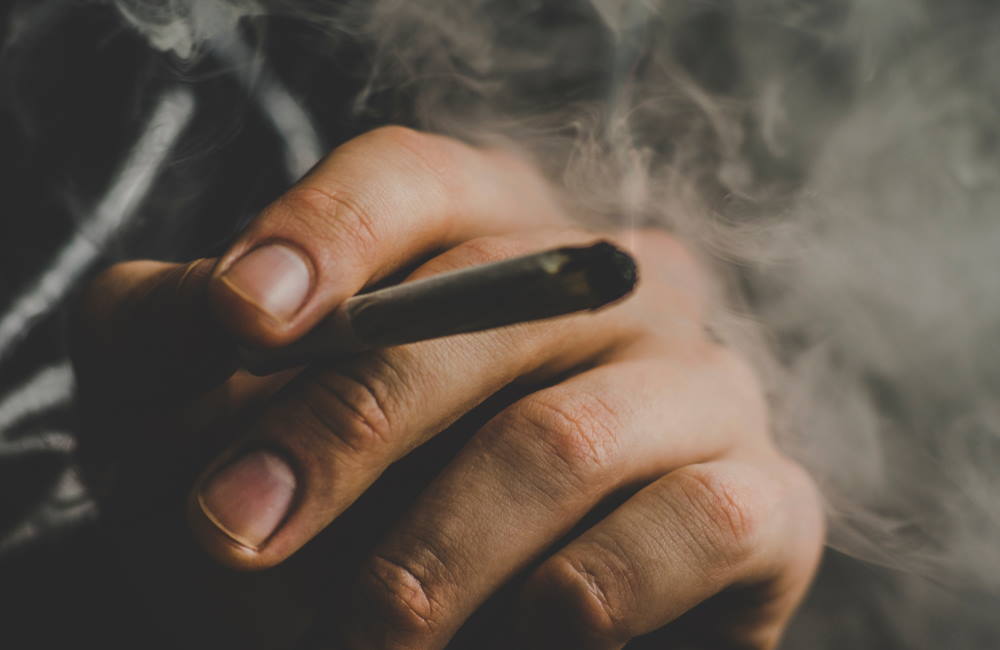Cannabis Use Jumps in Legal States, Not Associated With “Adverse Consequences”
As might be expected, marijuana use continues to grow across the United States as more is known about its potential benefits. A recent study found that residents in legal marijuana states have increased cannabis use by 24 percent, a much larger number than the rest of the country.
The study, led by researchers from the University of Minnesota and University of Colorado, is among the first to assign a percentage increase on the levels of increased cannabis use since legal sales first started (in Colorado and Washington) in 2014. Cannabis legalization has now spread to 19 states.
The study also found that increased use has not led to issues. ““In other analyses, we are finding that this increased use is not accompanied by increased problems, may be associated with less alcohol-related problems, and otherwise does not, in general, seem to have adverse consequences,” study co-author John Hewitt, a professor in the Department of Psychology and Neuroscience at University of Colorado, said in a news release.
An Increase in Marijuana Use Nationwide
The study focused on determining the level of increased cannabis use across the country and the differences in that increase between legal and illegal states. The study discovered that those living in a legal marijuana state used cannabis 20 percent more frequently than those in a non-legal state.
In the news release, study authors said the expectation, based on past patterns, is that cannabis use increases among younger people and tapers off in adulthood. However, the study found just the opposite has occurred, as more adults reported using more cannabis.
The study is based on analysis of data from two longitudinal studies involving 3,400 adult twins. One twin lived in a state where cannabis is legal, while the other did not. According to the news release, the authors wanted to study twins because they “share their genes and tend to share socioeconomic status, parental influences and community norms.” This allows researchers to “minimize alternative explanations” for the level of cannabis use.
By using data from twins, the authors wrote that the study showed that legalization, in itself, leads to higher levels of use.
Expanded Use By Current Users
Part of the increase in use is attributable to those who had already started using cannabis before 2014 and increased their frequency of use once cannabis became legal. Analysis by researchers indicated that legalization led more often to increased use by current cannabis users rather than causing “initiation in individuals who were life-time abstainers prior to legalization.”
However, other research has shown increased use among those who formerly did not use cannabis products. This is especially true with CBD products that many now use to promote wellness and deal with issues such as pain, anxiety and difficulties sleeping.
Also, a majority of seniors now support Medicaid coverage for medical marijuana, indicating that a growing number of seniors are interested in trying cannabis for treatment of a variety of issues. Among seniors, 21 percent reported already using cannabis for pain, anxiety and depression.




